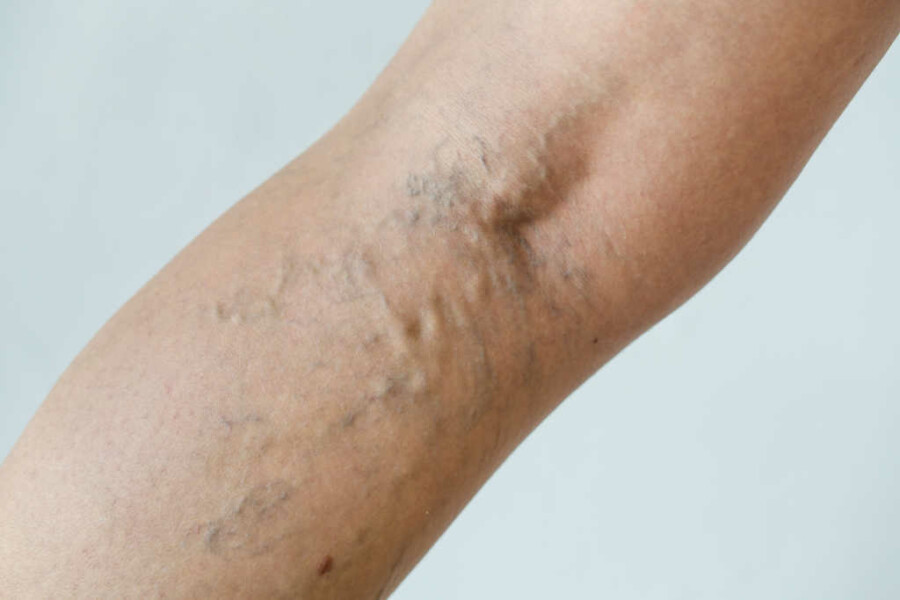Everything You Need to Know About VenaSeal

VenaSeal is a relatively new treatment option that has proven just as effective in healing varicose veins as other procedures.
While varicose veins can be uncomfortable and unsightly, patients who suffer from them have several minimally invasive treatment choices today. One of the most recently-developed options is the VenaSeal closure system, which was approved for use by the Food and Drug Administration in 2015.
VenaSeal diverts blood to healthy veins by closing off a bulging vein. In that sense, it follows the same principle as other varicose vein removal procedures. But instead of administering heat or a medical sclerosant to close off a damaged vein, VenaSeal uses a proprietary medical adhesive to essentially seal off and collapse the vein. Here are some of the most common questions about VenaSeal:
What Happens During VenaSeal?
Guided by ultrasound, a physician delivers the medical adhesive through a small catheter inserted into the vein. Because few injections are required, patients are not injected with tumescent or a local anesthetic over a large area of the leg. As the adhesive is injected along the vein, the surgeon applies gentle hand pressure to ensure the vein is sealed. Most patients find VenaSeal to be a relatively comfortable outpatient procedure, with only a mild tugging or pulling sensation felt during the operation.
What are the advantages of VenaSeal versus other procedures?
VenaSeal has been found to be as safe and effective as ablation that uses heat and sclerosant-based sclerotherapy. It also reduces the risk of nerve damage, which sometimes occurs when small saphenous veins are treated. Since only a small amount of the adhesive is administered, the compound dissipates into the body over time.
Am I a candidate for VenaSeal?
Most varicose vein sufferers are candidates for VenaSeal. The procedure works well for large varicose veins with a diameter of two centimeters or more and for veins buried deep within the leg. However, not everyone can undergo the procedure, so you should consult with a vein specialist to find out if it’s right for you. Like any medical procedure, VenaSeal does carry some risks, which your doctor will be able to explain to you.
What’s the recovery time for VenaSeal?
By eliminating the need for anesthesia and several injections, patients experience less pain and bruising, making for a quick recovery period. Patients typically begin their normal activities following the procedure with only a Band-Aid to cover a small incision. Compression stockings are not required following the procedure, but your doctor may recommend you wear them.
While VenaSeal effectively rids sufferers of varicose veins, the condition may return after the procedure. To prevent the recurrence of more varicose veins, you should maintain a healthy weight, stay active, and not sit or stand for long periods.
If you’re suffering from painful varicose veins and want to know more about the VenaSeal procedure, contact one of the vein specialists at the Center for Vein Restoration. Our doctors are experts on VenaSeal, as well as a number of other varicose vein therapies. They can help you choose a treatment that’s right for you. Contact us today for an appointment.